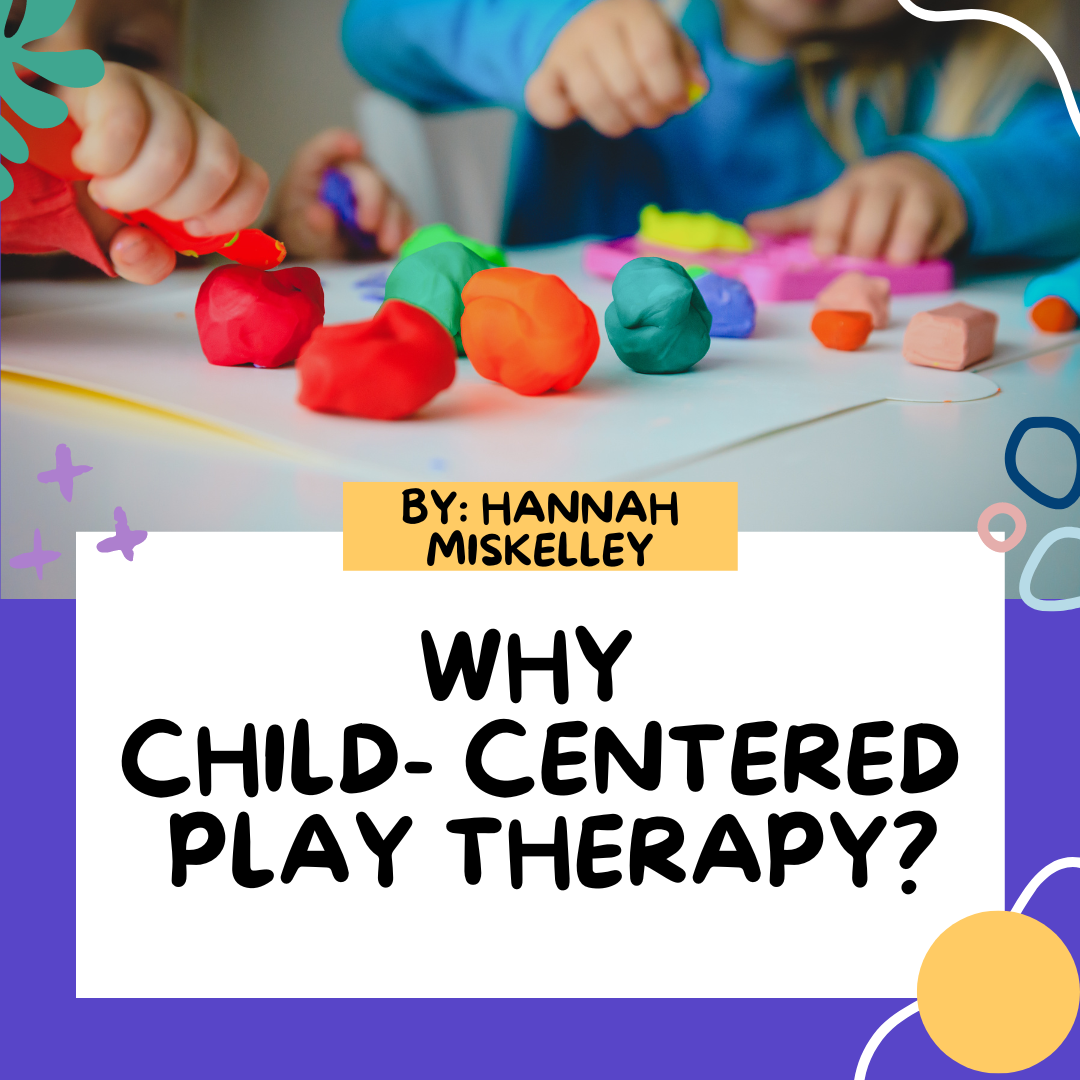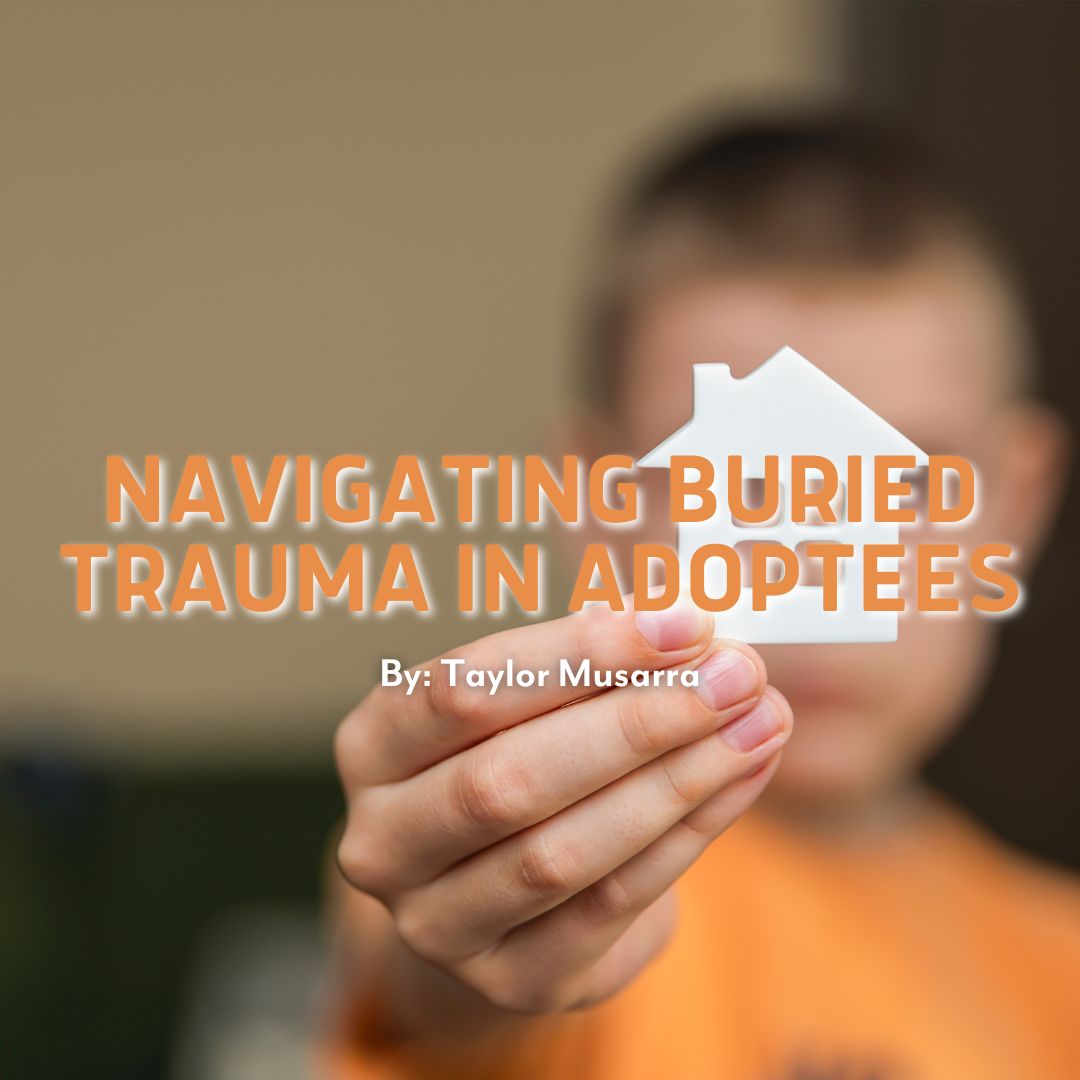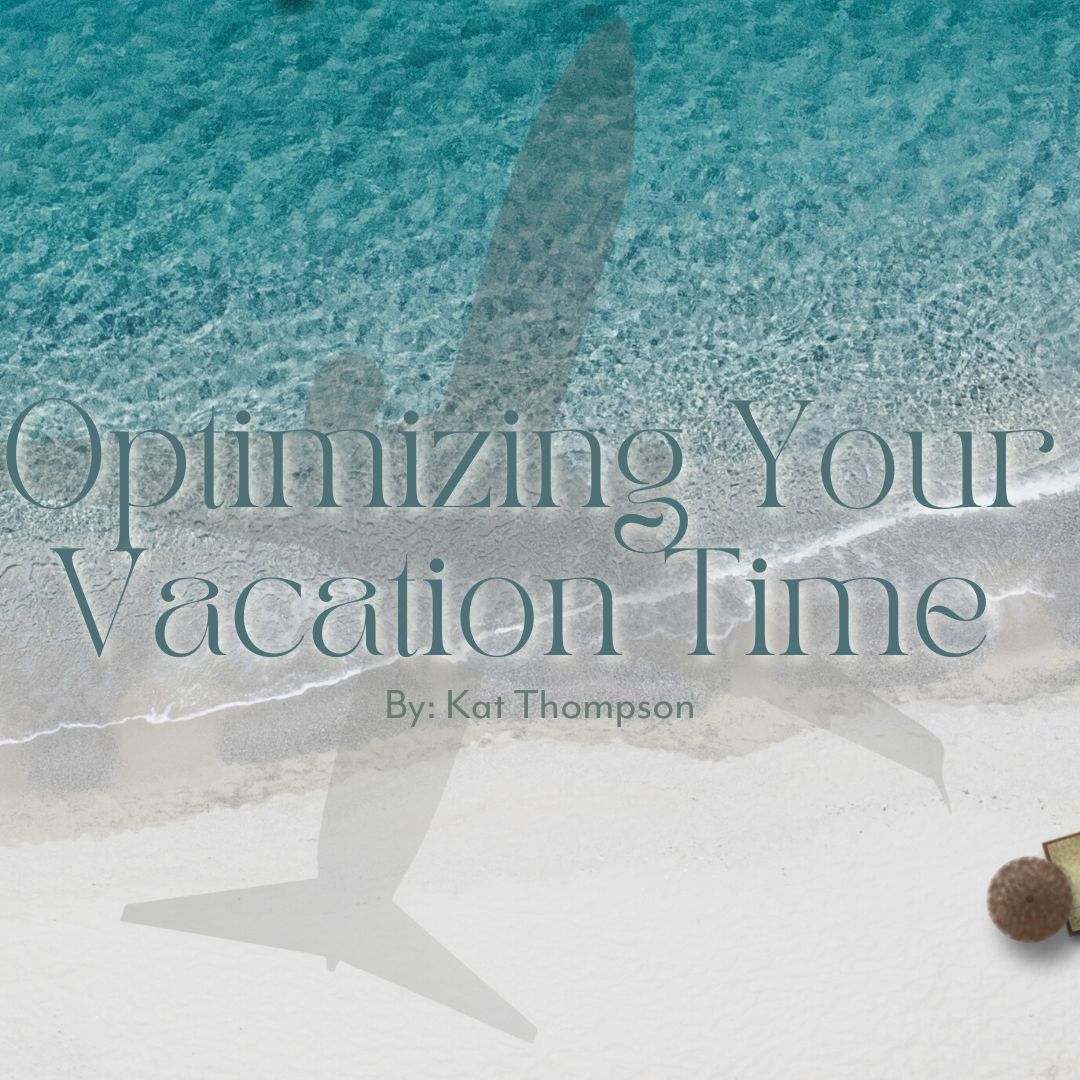Imagine you are really angry, but when asked to describe how you feel you can’t use the word “angry.” You might be thinking, “how am I supposed to tell someone how I feel if I don’t even know the words!” For children, toys are their words, not giving them an opportunity to play out their feelings with toys is like taking away words when asking how you feel.
Put simply, play therapy is to children what counseling is to adults. Children’s main medium of expression is through play. Play therapy allows children to communicate and express their feelings in a developmentally appropriate way. It is an evidenced-based and developmentally responsive mental health intervention for young children ages 3 to 10 years old who are experiencing social, emotional, behavioral and relational disorders. What’s the difference between regular play vs. play therapy? Therapists who specialize in play therapy are knowledgeable in recognizing themes in play, and can promote emotional regulation, self-control and mastery.
In a playroom, a play therapist works with children on reflecting feelings, assisting in positive self-direction and setting limits to building coping skills. Through therapy, children learn how to express and accept their feelings in ways that benefit them. Toys and other playroom items are used to assist children in communication with the play therapist. This can take different forms such as playing with dolls or action figures, sand trays, expressive arts, storytelling, clay, and dress up.
An important aspect of play therapy is the therapeutic relationship between the child and the therapist. The relationship should provide a safe and nurturing environment, so the child is able to experience full acceptance, empathy and understanding. Play therapy also allows children to process their inner experiences and feelings through play, symbols, role-play, fantasy and arts.
What are the benefits?
- CCPT meets children where they are developmentally, allowing them to process emotions without needing the capacity of abstract thoughts.
- Provides an opportunity for children to act out feelings, experiences and thoughts that they can’t express through words.
- Bridges the gap between experiences and understanding.
- Provides opportunity for problem-solving, insight and skill mastery.
- Encourages autonomy and independence.
- Helps children with learning social skills and relational skills.
Explaining play therapy to children
Here is an example of a way you can broach the topic of play therapy and explain it in a way your children best understand:
“Sometimes you feel happy or you feel sad, or you may even feel mad sometimes. When you play, sometimes you feel better. In play therapy you will come to a place that is just for kids. You will meet a grown-up who will be your play therapist and you will go to a playroom where there will be lots of toys. In the playroom you can play with the toys in lots of the ways you like. Your play therapist is there with you to play or to talk, it’s up to you. Play therapy can make you feel better because you get to play and be with someone who cares about you and you get to choose what you want to do. Sometimes playing will be fun and sometimes it will be serious, but you get to decide. The playroom is a safe space where you can ask questions if you don’t understand something. This is a time just for you!”
Written by Masters Level Intern Hannah Miskelley
Resources:
University of North Texas. (n.d.). Child Centered Play Therapy. UNT Center for Play Therapy. https://cpt.unt.edu/child-centered-play-therapy
Association for Play Therapy. (n.d.). Why Play Therapy?. Mental Health Professionals Applying the Therapeutic Power of Play! https://www.a4pt.org/page/WhyPlayTherapy
Andrewjeski, Kaitlin, “The Symbolism of Play Behavior in Child-Centered Play Therapy” (2019). UNLV Theses, Dissertations, Professional Papers, and Capstones. 3780. http://dx.doi.org/10.34917/18608580




